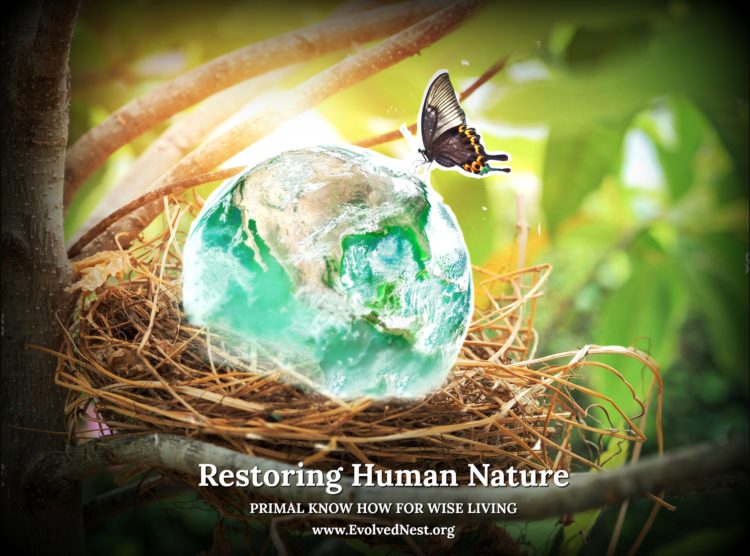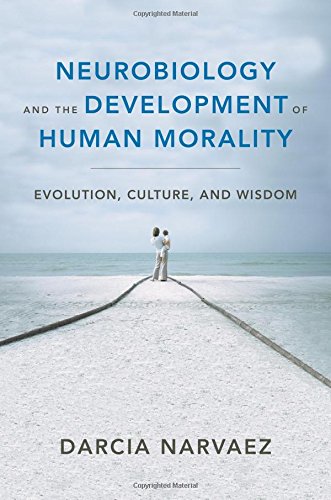Shame Triggers – Do You Have Them?
Some people might say I act shamelessly at times, speaking my mind bluntly, as older women are wont to do. But it is quite a shift from my younger years, when shame hovered like an ever-present ghost.
I grew up with shame — that feeling that you are worthless and people have found out. When it strikes, you have an overwhelming desire to crawl into a hole and disappear. How does this terrible state come about?

Colwyn Trevarthen (2005) points out that a baby displays shame — collapsed body and downward gaze — when the baby’s hospitality to another is rejected. The baby has initiated “conversation” with another, but the other person has ignored the communication. The baby, who may have tried more than once, gave their all in openheartedness, and so collapses without their thrown “ball” being “caught.” Like a spider whose tossed thread misses the mark — the aimed-for spot — dangling in the air instead, when the attempt to connect is ignored, the baby collapses in shame, like that loose thread. The baby cannot build an emotional bridge to the other. In the case I am describing, this is a child whose communications have been encouraged and responded to in the past. The child has learned to be social and expects it from others, like they expect air. A well-cared-for child will have few of these non-responsive experiences. However, well-cared-for children will learn to tone down their sociality with particular unresponsive persons, but get back to a baseline of interactive social communication with responsive others.
But other babies will have unconnected experiences routinely and grow shame-vulnerable. A sense of belonging is one of the most basic of human needs and leads to ill health when unmet.
We can see the shame reaction when children are ignored by peers, when the messages sent and received are: “You are a nothing to us,” or, “You are a cipher.” I am reminded of the heart-twisting, tragic short film, Cipher in the Snow. If you have not seen this 21-minute movie, it is worth watching, even though the setting is dated.
To show the development of shame-vulnerability, we could create a similar movie about a baby’s experience where the social world is the opposite of what is needed and expected. The baby does not die physiologically from being ignored, but becomes impaired in other ways — we could say the baby becomes spiritually unwell (the unique self is not nurtured).

In this imagined movie, the baby experiences a species-atypical early life, one that is contrary to 99 percent of human genus history (but common in the U.S. today). From the beginning, the baby’s signals of pain (cries) are treated as annoyances instead of as signals of pain. The baby is treated roughly at birth, eliciting crying. The adults in the room (medical personnel) are focused on other things than attuning to baby signals and model ignoring baby cries to the new parents, who are frequently told by species-atypical cultural beliefs that “babies should cry.” The baby’s expectations for being wooed into sociality are minimally addressed. The baby is attended to at the convenience and interest of the parents, treated more like a toy doll than a growing person. The baby is isolated much of the time in a carrier or crib; social companionship opportunities are relatively rare, instead of occurring routinely when awake and routinely carried in arms. The baby is sent to daycare, where in too many cases, individual attention resembles that of an orphanage: diapers changed, feeding on schedule, inconsistent attention to the baby’s communications, all by a rotating set of strangers.
If unconnected experiences happen routinely too often, the child loses trust of the social world, but also of urges to associate with others. Shame, the feeling of deserved disconnection, becomes internalized as a state of being.
The child likely develops anxiety, a kind of spiritual placelessness, a sense of not fitting in. The continuum of life flow is broken. Instead of being enlivened by a community of familiar caregivers providing support and companionship, the sprout of the baby’s unique spirit is neglected, left on its own without the social nourishment it requires to grow well.
When shame predominates, the spirit is undernourished. It may hibernate and be “disappeared” until therapy or renewal sometime later. Or it may be twisted into something else. For example, think of the 2-year-old. Mobility and the energy of (what I call) the autonomy surge propels the child to try everything within their power. A child of that age does not yet have the ability to take the perspective of the object they wield and its effects. Their attention is on the physical power to make things happen, rather than on the emotional response of others. But with under-care earlier (degraded evolved nest), there will be even less empathy for others during this spurt of self-efficacy training. Thwarting the child’s urges, which may be particularly strong in the under-cared for, can lead to rage; routine thwarting may lead to routine aggression that becomes part of the personality. Later in life then, shame may trigger rage instead of the “I want to disappear” reaction.
I still feel shame, but after therapy and self-healing practices, far less often and far less deeply. This mini-shame is sometimes triggered unexpectedly, for example, from a rejection of my work. I find that to get back to centeredness, I take one of three routes: (1) humbly examine the critique for its merit, accept it and make changes; (2) shift values — “I don’t want that approval anyway” — or (3) pull myself out of the shame pothole with anger’s energy — “I count!”
How do you get out of your shame reaction when it sneaks up on you?
References
Liedloff, J. (1977). The continuum concept. Cambridge, MA: Perseus Books.
Narvaez, D. (2013). The 99%–Development and socialization within an evolutionary context: Growing up to become “A good and useful human being.” In D. Fry (Ed.), War, Peace and Human Nature: The convergence of Evolutionary and Cultural Views (pp. 643-672). New York: Oxford University Press.
Narvaez, D. (2016). Embodied morality: Protectionism, engagement and imagination. New York, NY: Palgrave-Macmillan.
Narvaez, D. (2014). Neurobiology and the development of human morality: Evolution, culture and wisdom. New York, NY: W.W. Norton.
Narvaez, D. (Ed.) (2018). Basic needs, wellbeing and morality: Fulfilling human potential. New York: Palgrave-MacMillan.
Narvaez, D., Panksepp, J., Schore, A., & Gleason, T. (Eds.) (2013). Evolution, early experience and human development: From research to practice and policy. New York, NY: Oxford University Press.
Narvaez, D. (in press, 2019). The neurobiological bases of human moralities: Civilization’s misguided moral development. In C. Harding (Ed.), Dissecting the Superego: Moralities Under the Psychoanalytic Microscope (pp. 60-75). London: Routledge.
Trevarthen, C. (2005). Stepping away from the mirror: Pride and shame in adventures of companionship: Reflections on the nature and emotional needs of infant intersubjectivity, In C.S. Carter, L. Ahnert, K. E. Grossman, S. B. Hrdy, M. E. Lamb, S. W. Porges, and N. Sachder (eds.), Attachment and Bonding: A New Synthesis (pp. 55-84). Dahlem Workshop Report 92. Cambridge, MA: The MIT Press.
Photo featured Shutterstock/Elena Dijour

